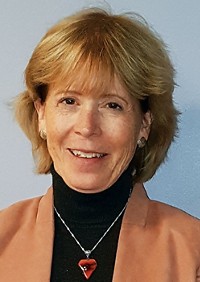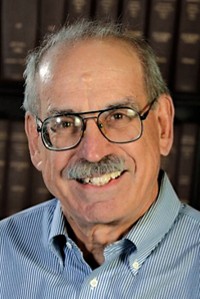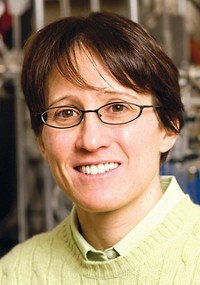Advertisement
Grab your lab coat. Let's get started
Welcome!
Welcome!
Create an account below to get 6 C&EN articles per month, receive newsletters and more - all free.
It seems this is your first time logging in online. Please enter the following information to continue.
As an ACS member you automatically get access to this site. All we need is few more details to create your reading experience.
Not you? Sign in with a different account.
Not you? Sign in with a different account.
ERROR 1
ERROR 1
ERROR 2
ERROR 2
ERROR 2
ERROR 2
ERROR 2
Password and Confirm password must match.
If you have an ACS member number, please enter it here so we can link this account to your membership. (optional)
ERROR 2
ACS values your privacy. By submitting your information, you are gaining access to C&EN and subscribing to our weekly newsletter. We use the information you provide to make your reading experience better, and we will never sell your data to third party members.
Synthesis
Arthur C. Cope Scholar Awards
by Alicia Chambers
February 25, 2008
| A version of this story appeared in
Volume 86, Issue 8
Originality, creativity, and insight characterize the work of Cynthia J. Burrows, notes Peter J. Stang, Distinguished Professor of Chemistry at the University of Utah. "She has left an indelible mark on the organic chemistry of DNA oxidation."
Born in St. Paul, Minn., Burrows was raised there and in Boulder, Colo. After studying chemistry at the University of Colorado, Boulder, she received a Ph.D. from Cornell University, in Ithaca, N.Y., in 1982. She continued her research career as a postdoc under the advisement of Jean-Marie Lehn at Louis Pasteur University, in Strasbourg, France. An academic career soon followed, first at the State University of New York, Stony Brook, and then at the University of Utah.
Burrows is recognized internationally as a leader in the field of nucleic acid chemistry and specifically for her research involving mechanistic pathways of DNA oxidation. Her most notable work centers on the oxidation of guanine in DNA and RNA, using oxidants ranging from singlet oxygen to metal-mediated electron-transfer agents.
Her research ventures are rooted in the principles of organic reaction mechanisms as well as supramolecular chemistry. The impact of her work has been broad, ranging from the discovery of new probes of DNA and RNA structure to the study of the organic chemistry of oxidative damage to the genome.
Overall, Burrows' work has highlighted the fact that base damage, in addition to direct DNA cleavage, must be examined to completely characterize metal-DNA reactions. Her Chemical Reviews article on the subject is the most widely cited review in the field (1998, 98, 1109).
Lehn adds that a new fundamental chemistry has also emerged from Burrows' studies of nickel-catalyzed DNA oxidation. Metallopeptides were found to catalyze the autooxidation of sulfite, leading to in situ formation of a peracid oxidant, which ultimately results in DNA oxidation. That the oxidation can be carried out with air in the presence of a reductant (sulfite) has major implications for the cotoxicity of metal ions and sulfite.
Burrows credits her high school chemistry teacher as the real inspirational force behind her interest in chemistry. Her love of science continued as a high school senior in honors chemistry, when she participated in a beer-brewing project and conducted interviews about chemical analysis of soda.
For those new to her field, Burrows explains that it is incredibly multidisciplinary. A solid chemistry background, coupled with broad-based training is needed. She cautions against "doing it all" and encourages collaboration and seeking advice from those in the know, saying that the practice—collaborating with students and colleagues—has contributed to her success.
Among the honors and awards Burrows has won are the University of Utah's Distinguished Scholarly & Creative Research Award (2005), the American Association for the Advancement of Science Fellow (2004), the ACS Utah Award in Chemistry (2000), and the National Science Foundation Creativity Award (1993-95).
When not in the lab unlocking the complexities of DNA, Burrows spends her time reading mystery novels and taking advantage of Utah's beautiful landscape by hiking, skiing, and biking with her family. And though she is proud of the work she and her colleagues have accomplished in the lab, she is proudest of her three fabulous children, 15-year-old triplets.






Join the conversation
Contact the reporter
Submit a Letter to the Editor for publication
Engage with us on Twitter